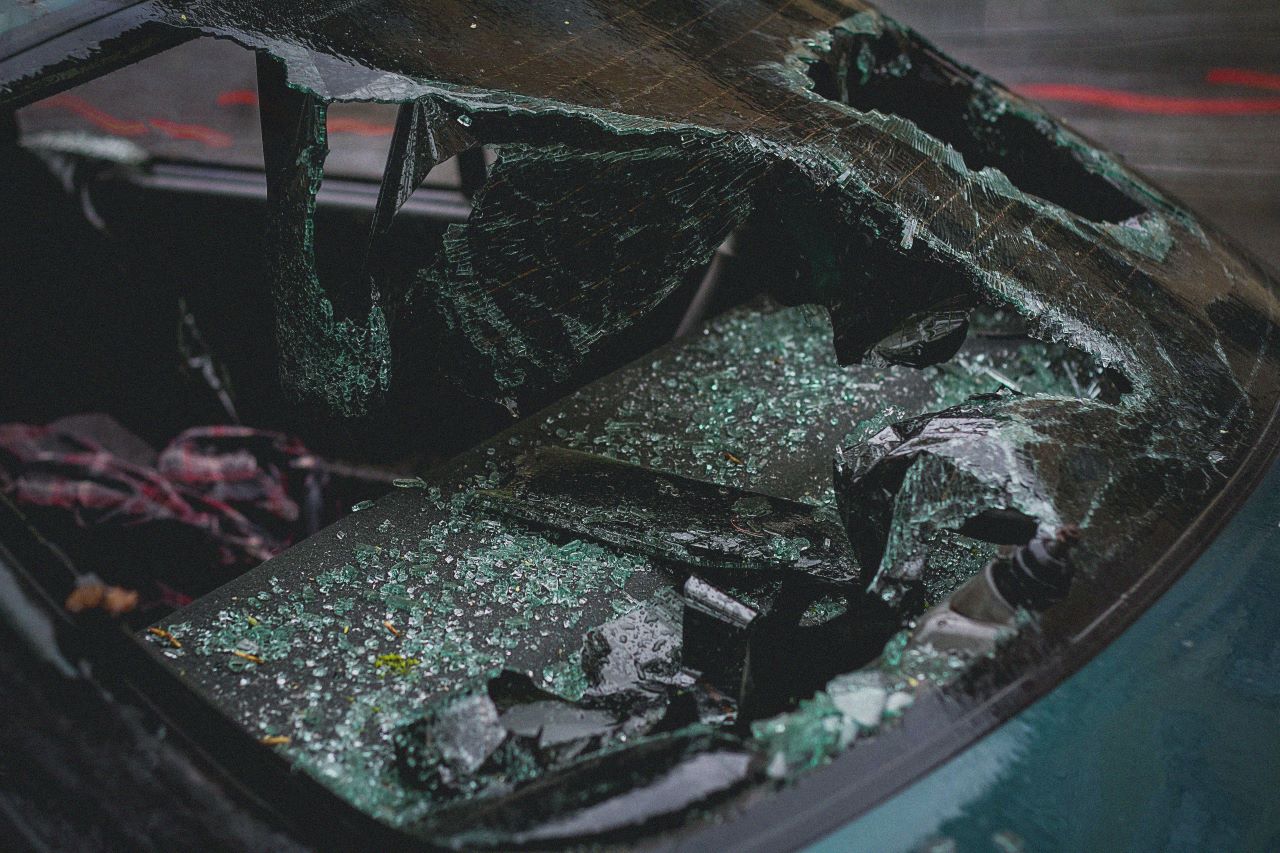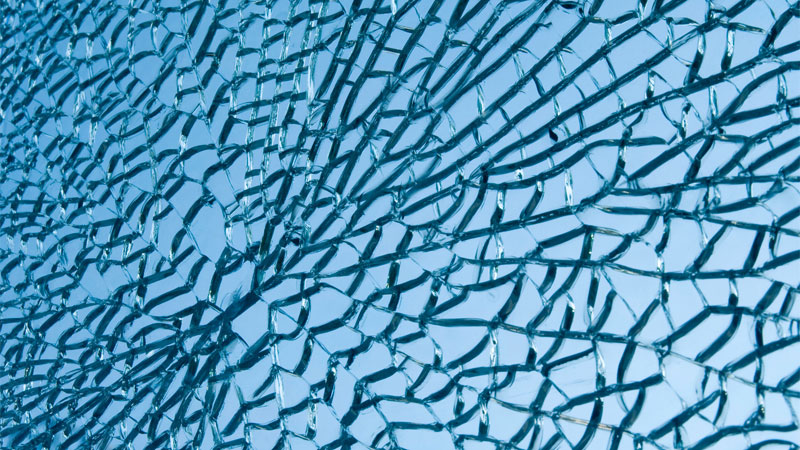Did you know that the discovery of safety glass was accidental?
In 1903, Edouard Benedictus was doing some experiments using glass flasks in his laboratory. The French chemist decided to add a transparent coating to one of the flasks. He accidentally hit it, and the flask fell from his work table.
Benedictus was worried, of course, but then he discovered that the flask did not break into razor-sharp pieces. It kept its original form. He also noticed that the glass pieces weren’t as sharp as he expected. They did not hurt at all when touched. Benedictus realized that the adhesive film coating protected and prevented the glass from breaking into shards.
Another version of the incident states that Benedictus placed plastic cellulose nitrate into a glass flask by accident. That was when he discovered that coating the glass with film kept it from breaking into sharp fragments. He had the glass patented in 1909.
Automakers initially had no interest in the material because they thought it was labor-intensive and expensive. Nevertheless, shatterproof glass eventually made it into the market, and automobile manufacturers soon realized its value. Shatterproof glass does not only protect automobiles but also keeps drivers and their passengers safe. Not long after, it became an industry standard for vehicles worldwide.
These days, when you need auto glass repair, car technicians almost always recommend replacing your windows with safety glass (if you do not use one yet).
See Also – 6 Different Types of Window Tint
What Is Safety Glass?

Automotive safety glass is typically used for car windows because it does not break into shards or fragments with razor-sharp edges. Instead, it crushes into tiny pieces, often as small as pebbles, when hit on impact. The tiny pieces aren’t as sharp as those made by fragments from regular broken glass.
Since safety glass does not scatter into shards or jagged pieces, it does not have sharp edges. So if the car window breaks, those inside the vehicle have lesser chances of getting injured by the glass.
The two popular types of safety glass are laminated glass and tempered glass.
Read Also – What are the Differences Between OEM Glass and Aftermarket Glass?
Laminated Glass
Laminated safety glass is normally placed in your car’s sunroof and windshield. Automakers first used it in 1927.
In making laminated glass, manufacturers bond multiple glass layers using pressure and heat, and PVB or polyvinyl butyral, a clear, thin, and flexible layer of plastic film. This produces sheets of glass with multiple layers. So, when the glass breaks, PVB keeps it in place so shards of glass won’t fly all over the place.
Laminated glass will usually bend and flex before it shatters. This is why you’ll find them used in banks as well. They serve as protection from robbers’ bullets. It is also used in greenhouse windows, thermometers, office partitions, cutting boards, and shower enclosures.
Some advantages of using laminated glass are:
- It blocks off ultraviolet radiation by at least 97%.
- It protects from high-frequency sound (courtesy of the plastic film).
- It does not fall out of frame when there is a tornado or earthquake.
Tempered Glass
Tempered glass goes through a heating and rapid cooling process called quenching. The glass is heated at a certain temperature (typically 1200°F). After the heating is done, the pre-cut glass is immediately cooled, which hardens and makes it stronger by at least five times more than before it was tempered. Thus, it isn’t easy to break.
Automakers use tempered glass for passenger windows because it is designed to break into pebble-like pieces when hit on impact. They do not have sharp edges, and the risk of passengers getting injured or the car being damaged is lesser.
Aside from vehicles, tempered glass is also used for a variety of products and purposes:
- The doors of your oven
- LCDs or liquid crystal displays
- Storm doors
- Computer monitors
- Refrigerator shelves
- Skylights
Laminated Tempered Glass
Some automakers prefer to use laminated tempered glass for car windows. However, combining the two processes can be quite challenging. You have to ensure that the PBV thickness is correct, or you won’t be able to use the glass at all. If done properly, though, you’ll benefit from its many use cases.
Other types of safety glass include heated glass (ideal for the winter season because of its defogging/defrosting feature), acoustic car glass (for windshields, offers better sound resistance), and solar control glass absorbs UV and IR rays, as well as the sun’s heat rays).
Related Reading
Image by Artyom Kulakov from Pexels.com
- How to Cover a Broken Car Window (Quick, Temporary Fix) - Sep 13, 2023
- How to Remove Car Window Tint (the RIGHT Way) - Mar 28, 2023
- What is a Safety Glass and How Does It Work? - Feb 18, 2022

